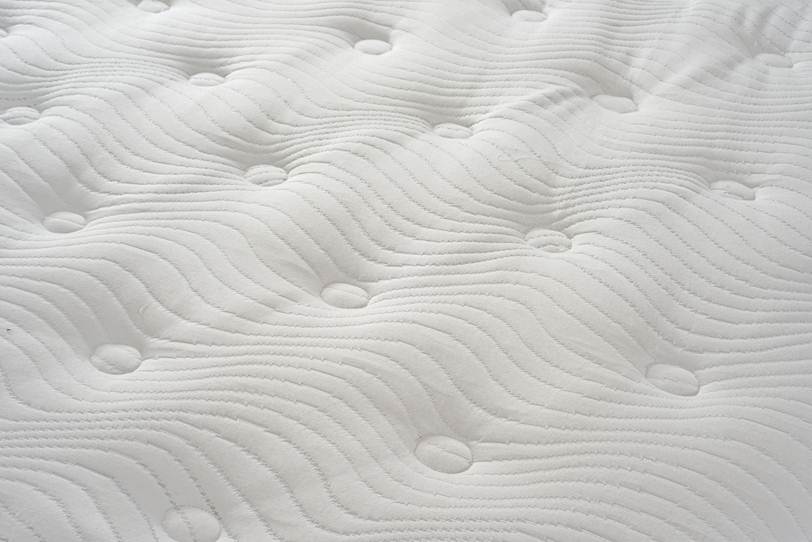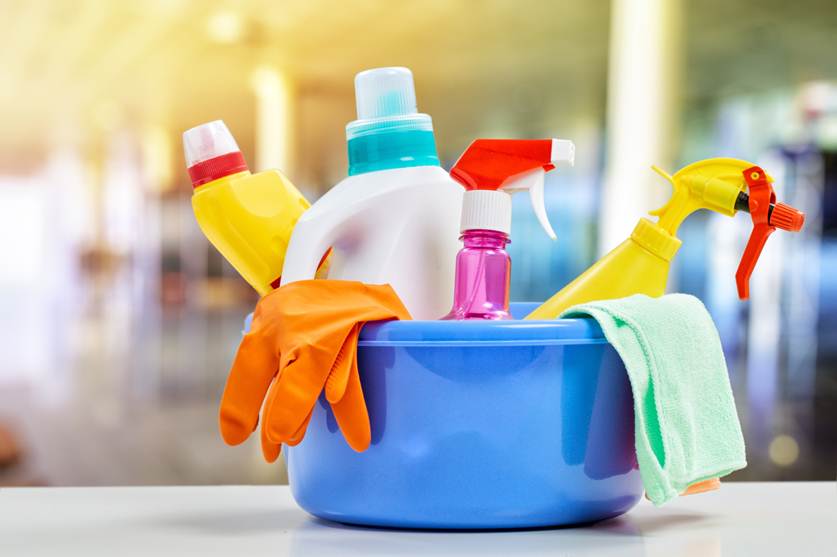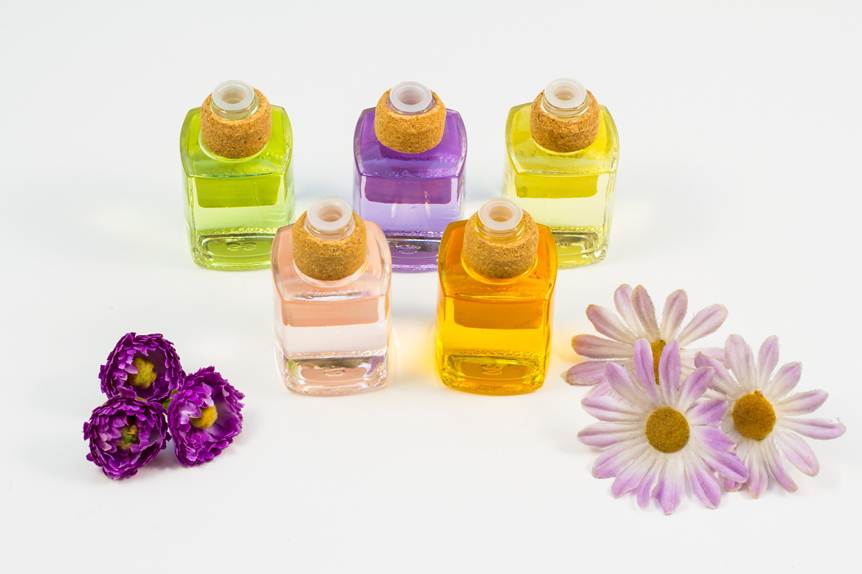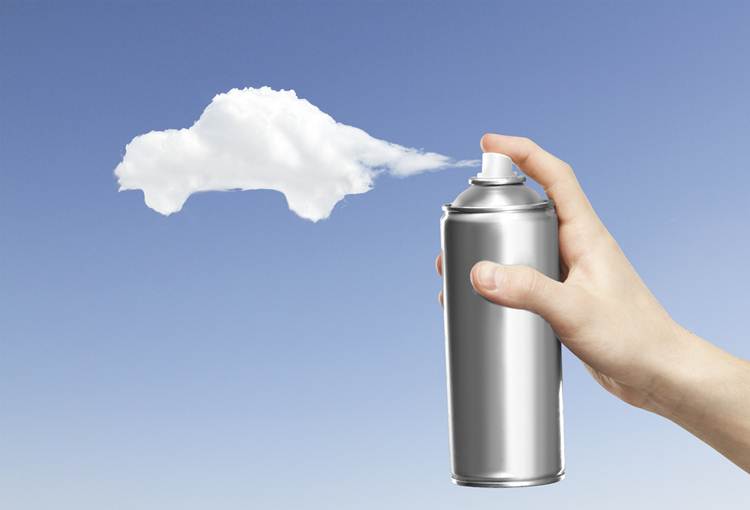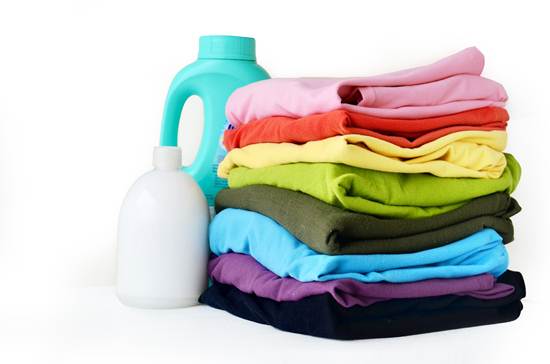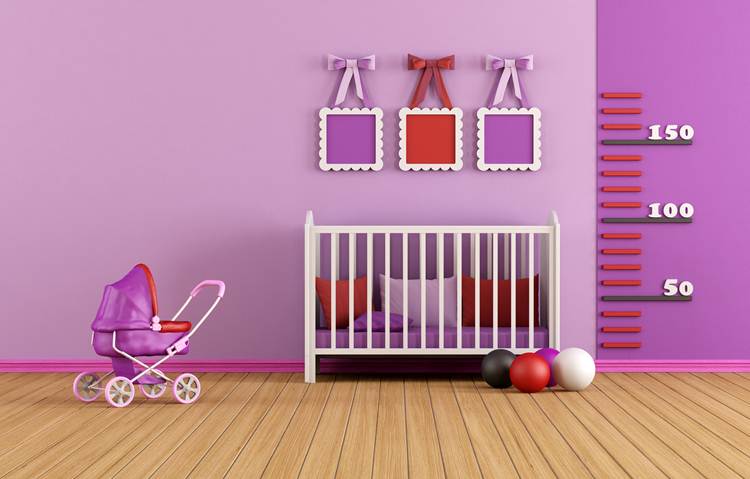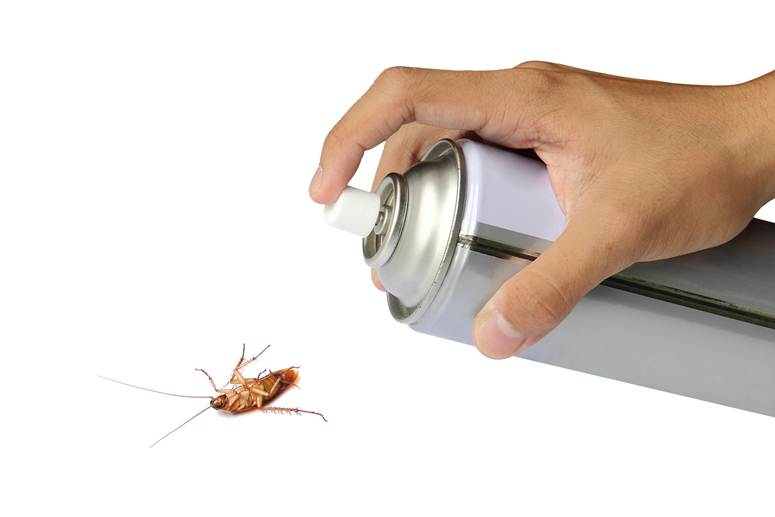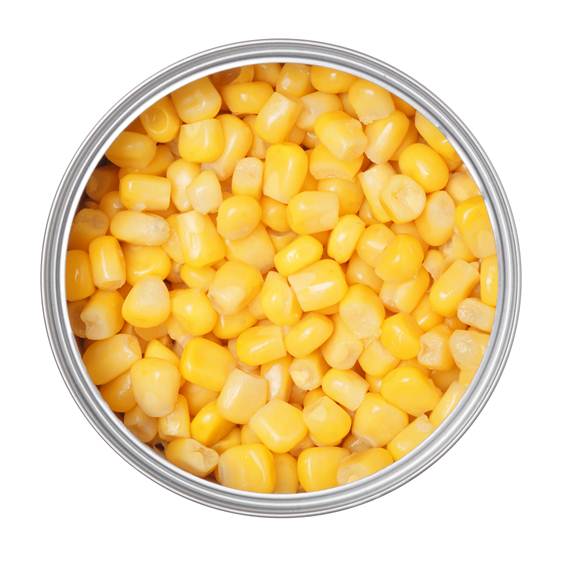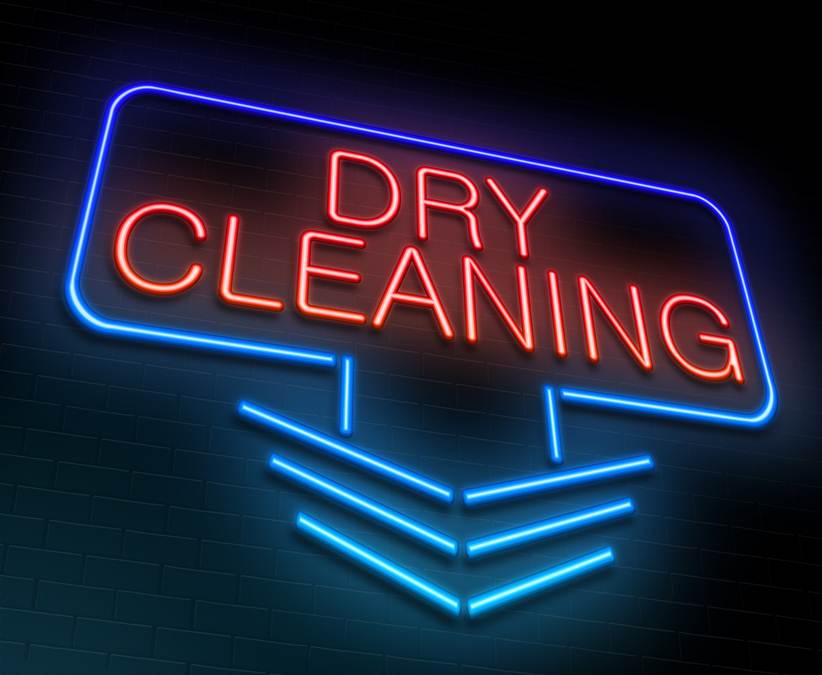1. Perfumes
A study by the Environmental Protection Agency found that potentially hazardous chemicals can commonly be found in fragrances. Toxic chemicals like benzaldehyde, camphor, ethyl acetate, benzyl acetate, linalool, acetone and methylene chloride can, when inhaled, cause dizziness, nausea, drowsiness, irritation to throat, eyes, skin, and lungs, kidney damage and headaches. For more information on perfume toxins and some natural alternatives, read: Are chemicals in perfume and cologne harmful?
2. Mattresses
Many mattresses have high levels of a potentially harmful compound called PBDEs. The health problems associated with PBDE exposure include brain and reproductive damage, decreased sperm quality and thyroid problems, and this is particularly worrying since we spend a third of our lives in bed. PBDEs have been banned in Canada and several US states, so it’s a good idea check your mattress. If it has high levels of this toxic substance it would be prudent to invest in a new one.
3. Cleaning products
You are probably aware that many of the cleaning products you use every day have harmful chemicals in them, but you likely don’t think there is much alternative. However, natural products like baking soda, soap powder or lemon and hot water often work just as well without covering your home in toxic chemicals. Next time you are shopping for cleaning products check for chemical ingredients such as phthalates and chemical surfactants, and then consider a more natural alternative.
4. Air fresheners
Like cleaning products, air fresheners help keep our homes nice, but a study by the University of California at Berkeley found that when used excessively or in unventilated area they release toxic levels of pollutants. Having air fresheners around your home shouldn’t make you sick, but you must ensure the area is ventilated to stop the toxic chemicals, such as ethylene-based glycol ethers and paradichlorobenzene, from circulating through the air and adversely impacting your health.
5. Plastic food containers
Many plastic containers are made from chemicals such as phthalates, which can interfere with the body’s endocrine system to produce adverse developmental, reproductive and neurological effects in humans (see http://www.niehs.nih.gov/health/topics/agents/endocrine) and since the plastic breaks down over time it can cause the release of these dangerous chemicals into your food. Switch to glass containers wherever possible.
6. Plastic drink bottles
We’re all aware by now that plastic bottles aren’t great for the environment, but the they can also leak toxic chemicals into your drink. Most bottles are now BPA-free, which is a step in the right direction. However that isn’t the only harmful chemical so it’s always safer to use a glass if you can.
7. Cosmetics
The average person applies between six and 12 cosmetic items per day and most of these will include toxic chemicals that are potentially harmful to you. It’s always a good idea to look for cosmetics that are free of synthetic fragrances, are mineral-based or are made from natural oils. Buying organic products will greatly reduce your exposure to toxins.
8. Antiperspirants
Most people wear antiperspirant to avoid odor but one of the “sweat-blocking ingredients” found in many antiperspirants is aluminum. In recent years questions have been raised about whether the aluminum in antiperspirants can contribute to the development of breast cancer. While the studies are inconclusive the U.S. Food and Drug Administration does require a warning label on all antiperspirants.
9. Fabric softeners
Softeners work by coating your clothes with a thin layer of potentially toxic chemicals, such as quantenary ammonium salts. These can cause skin irritation, respiratory problems and headaches.
10. Non-stick Cookware
While non-stick cookware can save you some cleaning time, it comes at a cost. At high temperatures the polytetrafluoroethylene that makes Teflon non-sticky gives off a toxic gas that has been linked to reproductive problems and other health issues. It’s always best to opt for stainless steel or iron skillets!
11. Baby care products
Surprisingly the flame-retardants used in some baby care products, like high chairs, cribs and strollers, can leak toxic chemicals. The chemicals from flame-retardants include bromine and chlorine which have been linked to a number of sexual and neurological disorders. Phthalates are found in the power cords of devices and controller cables of game consoles, and flame retardants (BFRs) that have been linked to impaired brain development can be found in circuit boards and casings. Phthalates are sometimes used to soften the plastic that goes in shower curtains. Phthalates has been associated with causing harmful effects in children and impacting brain functions, like learning and memory.
13. Bug sprays
Bug killers should be avoided inside (and ideally outside) of your house, as researchers have linked the insecticides to neurological damage in children. Wherever possible combat an indoor bug problem by cleaning up crumbs and sealing food in containers.
14. Canned food
Bisphenol A (BPA), found in most canned food containers, is a hormone-disrupting chemical linked to male infertility, heart disease and diabetes. Although some manufacturers are phasing the chemical out of their cans, it’s not clear that the replacements are totally safe either. If possible, opt for fresh or frozen foods.
15. Corn and soybeans
Roundup affects defensive enzymes our bodies use to keep us healthy and Roundup Ready Crops (RR Crops) are genetically engineered crops that have their DNA altered to allow them to withstand the herbicide–therefore they should be avoided. These crops include items such as corn and soybeans; it’s always better to buy organic.
16. Dry-cleaned clothes
While it may be more convenient to drop your clothing off with a dry cleaner, the cleaning chemical they use is usually perchloroethylene (known as PCE). It is classified as a probable carcinogen and has been linked to liver, kidney, and central nervous system damage. Many states and cities are phasing out PCE, but it is still widely used in others.
17. TV and games consoles
18. Desktop computers and laptops
The presence of the same toxic substances can be found in well-known brand laptops, but many people are also concerned about the potentially dangerous electromagnetic field (EMF) generated by your screen and machine, which could be seriously damaging your health. While it’s important to note that there has been no conclusive scientific evidence linking laptops and desktops to these diseases, it’s also prudent to have a digital detox every so often and walk away from your screen!
19. Cell phones
There has been a surge in radiofrequency (RF) exposure from wireless devices over the last decade, which has led to a huge increase in reports of hypersensitivity and diseases related to electromagnetic field and RF exposure. RF exposure has been linked with a wide variety of diseases such as cancer, immune dysfunction, neurological disease and reproductive disorders. While the World Health Organization has found there is no conclusive scientific evidence linking smartphones to these diseases, your phone still contains lead, mercury, arsenic and cadmium, which are all potentially harmful in large doses, so please be sure to dispose of your old phone in the proper manner.
20. Words
Ok, so this last one is probably not what you were expecting, but I have little doubt you are using toxic words every day. Try to cut down your use of and exposure to toxic words (and toxic people) and I bet if you do so–in addition to reducing exposure to the other items listed above–then your health, happiness and well-being will quickly improve! Featured photo credit: Still Thinking via flickr.com

